
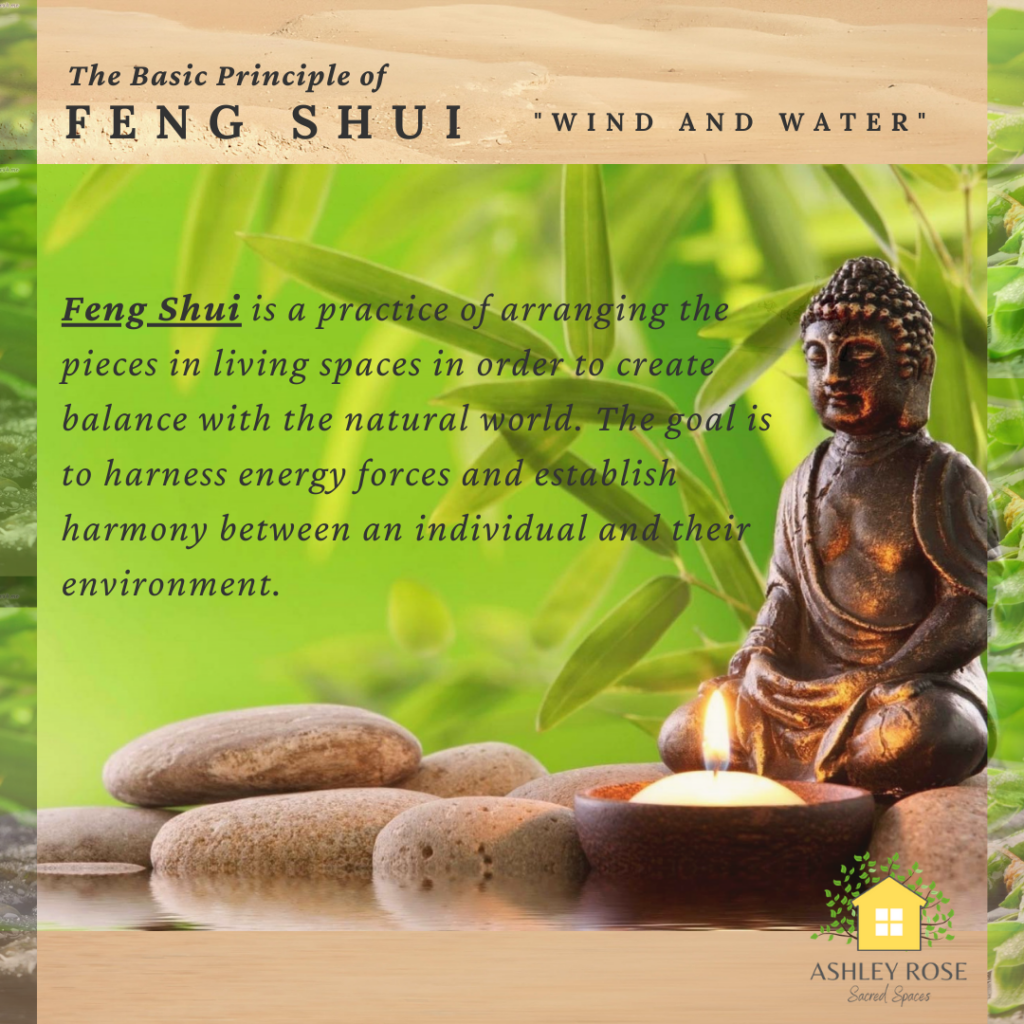
What Is Feng Shui?
A quick guide in enhancing and harmonizing your sacred spaces
By Ashley Rose – Feng Shui Consultant
__________________________________
As an Interior Designer, using the Feng Shui concept is one part of my way of converting the interior of your house to achieve a healthier and more aesthetically pleasing environment for the people living in it.
The Chinese notion of “Feng Shui” defines “Wind” and “Water.” Our breath is made up of wind, and we are about 60% water. Wind and water, as well as Feng Shui, are necessary elements of life. Feng Shui is a Chinese philosophy that involves arranging objects in living areas to achieve harmony with nature. It is based on mindfulness, slowing down, and noting the details of your life to fully experience the present moment. The idea is to harness life force energy and create a balance between a person and their surroundings.
Your home shines as your sanctuary.
This is a huge time for Feng Shui, as your home, office and all spaces you spend your time in are influencing you all day long. When you treat your home as your sanctuary, it takes on a whole new dimension of importance as a sacred space, and it can bring you so much support and power.
Optimize the Energy in Your Home and Life
Using Feng Shui to arrange your space can elevate your mental and physical health, minimize obstacles and negative outcomes, and enhance your overall enjoyment of life.
When is a good time to schedule a Feng Shui consultation:
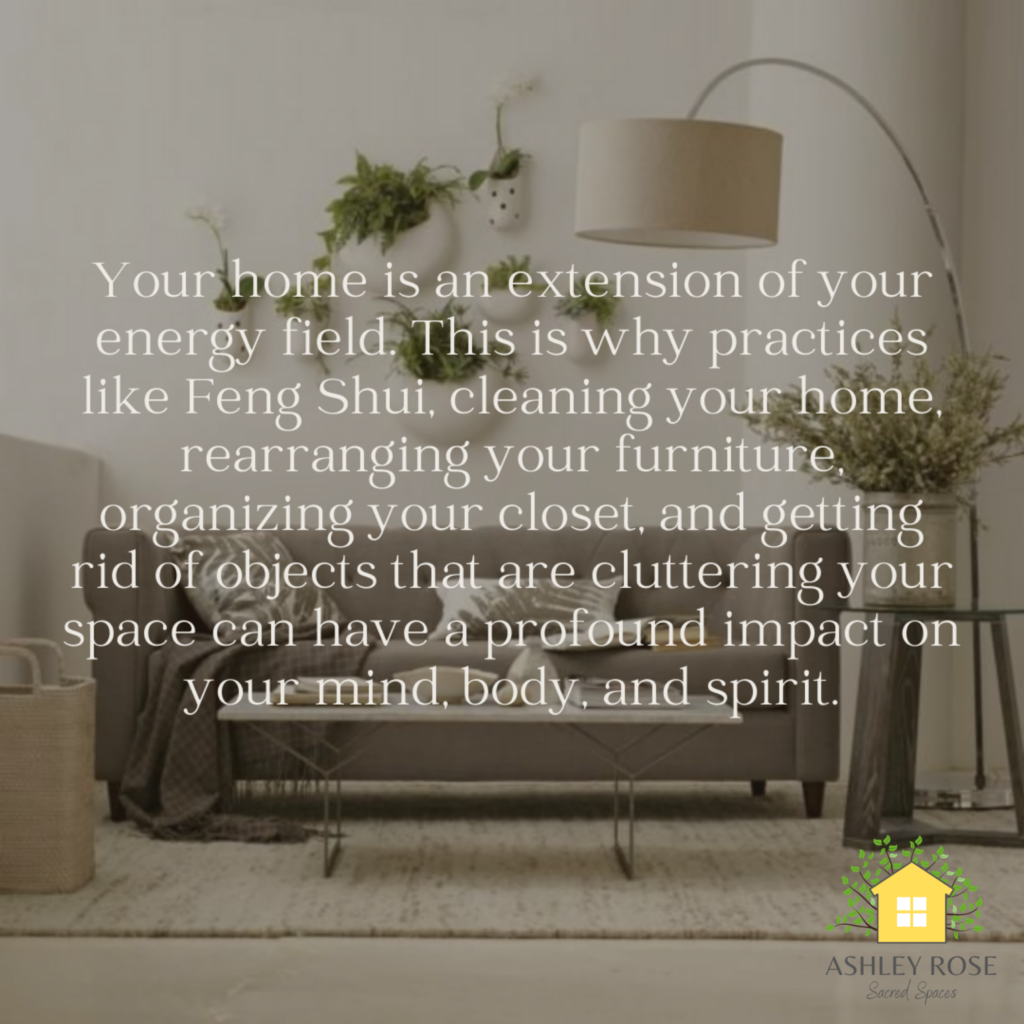
FIVE ELEMENTS OF FENG SHUI
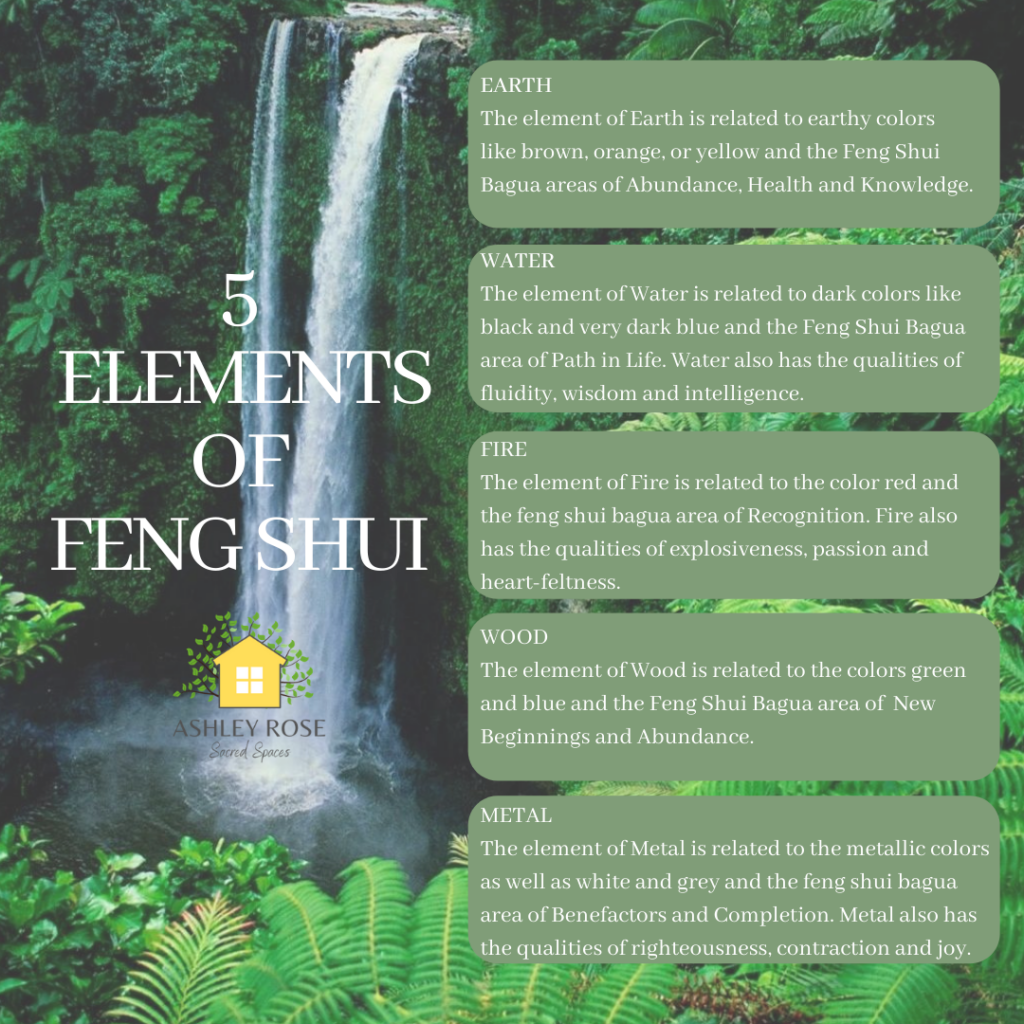
One of the ways that I work with the energy of a space is by using the five elements. Each of the five elements (earth, metal, water, wood, and fire) resonates with one another in a predictable way. Noticing the patterns in someone’s life and space, and understanding the relationships between them, can help us figure out what a client needs to come into balance.
2.WATER – The element of Water is related to dark colors like black and very dark blue and the Feng Shui Bagua area of Path in Life. Water also has the qualities of fluidity, wisdom and intelligence.
3.FIRE – The element of Fire is related to the color red and the feng shui bagua area of Recognition. Fire also has the qualities of explosiveness, passion and heart-feltness.
4.WOOD – The element of Wood is related to the colors green and blue and the Feng Shui Bagua area of New Beginnings and Abundance.
5.METAL – The element of Metal is related to the metallic colors as well as white and grey and the feng shui bagua area of Benefactors and Completion. Metal also has the qualities of righteousness, contraction and joy.
THE BAGUA MAP
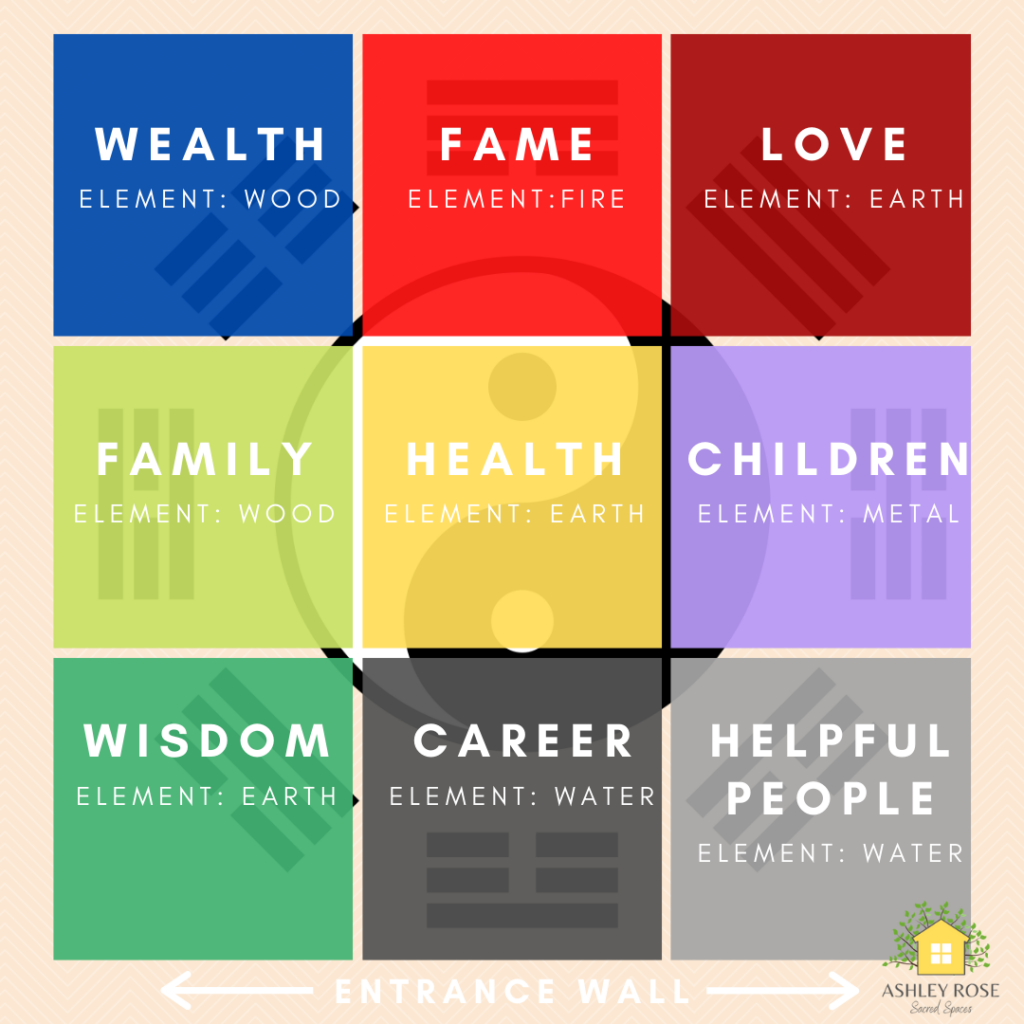
Feng Shui Bagua (also called ba-gua or pakua) is one of the main tools used in Feng Shui to analyze the energy of any given space, be it home, office, or garden. Bagua is the feng shui energy map of your space that shows you which areas of your home or office are connected to specific areas of your life.
Once you organize your space into a bagua map, you can tackle the sections that relate to your goals outside of the home. Here’s what you need to know about every section of the bagua map and how to bring more of its energy into your life:
The Bagua Areas
HOW TO GIVE YOUR HOME A GOOD FENG SHUI?

When it comes to establishing proper Feng Shui in your home, it can be difficult to know where to begin. Which rooms should you start with first? What do you do if a room is already decorated and you want to start fresh?
It doesn’t have to be that hard. We’ve collected a list of suggestions to help you get started on your path to a happier and healthier household. So, whether you’re new to Feng Shui or a seasoned pro, here are a few steps to creating an effective feng shui in every space of your house.
Begin by clearing out the area and replacing any blown bulbs or dead plants. Oil the door and make sure it’s clean and quiet. There should be no obstructions in the way of the ‘chi’ flowing freely inside the dwelling, such as furniture or stairways.
We are naturally powered and awakened by sunlight. All of the colors and things we see are created vividly by sunlight. As a result, when we allow in more light, our spaces become more broad, vibrant, and lively. Clean windows metaphorically wake us up, allowing us to perceive things around us in the most vivid, clear, and precise way possible.
You are symbolized by the bed. Your workstation is an interpretation of your professional life. The stove, on the other hand, shows your prosperity. Make sure you can see the door without being completely in line with it when you’re in these areas. You want to be able to see the door when you’re lying in bed, sitting at your computer, or cooking at the stove, for example. This frequently results in you being diagonal or “kitty-corner” from the door.
Space clearing aligns with being spacious. This is known as a space blessing in Feng Shui. Together with Physical Space is the Energetic Space and both can be freed.
The most important thing to keep in mind is to choose plants that are easy to care for and suitable for the area. Take into consideration your lighting conditions, for example. If you’re new to planting, start with a simple plant like the Golden Pothos.
Your home is your haven. You have a place to rest, feed, celebrate, and much more in your home. It’s simple to offer thanks to your home. Talk with a humble heart to your house and say thank you.
Feng Shui is a creative and intuitive science that teaches you how to harness and control the visible and invisible energies that surround you: in your natural environment, in the buildings that you live and work in, and even in the way their interiors influence you at a subtle level. The underlying premise of Feng Shui, an age-old practice that embraces the idea of living in harmony and balance, is that everything in your environment, down to the smallest detail of furnishing and decor, can either further your goals in life or work against you.
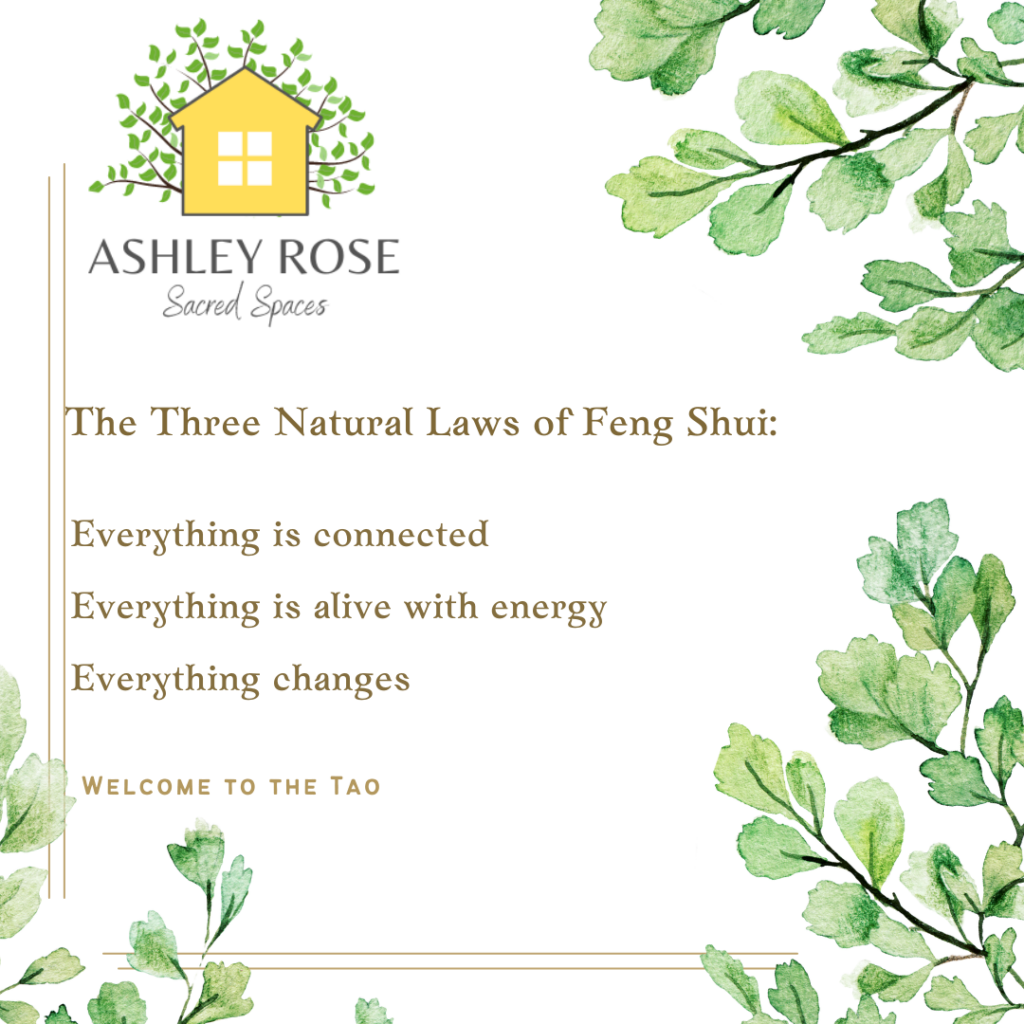
To learn more, follow Ashley Rose at @ashleyrose_sacredspaces
To Book Your Feng Shui Consultation email ashleyrosesacrespaces@gmail.com